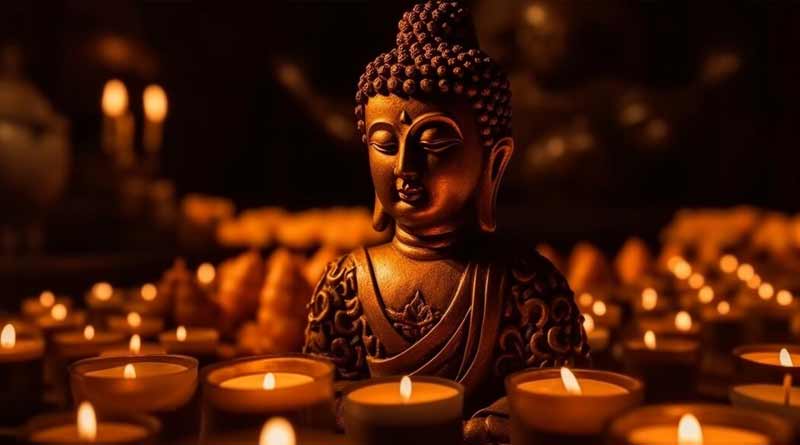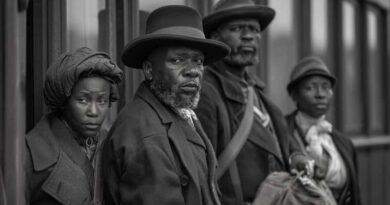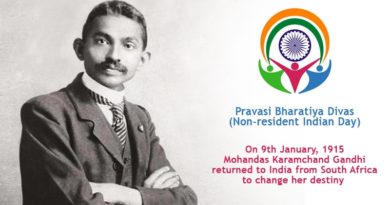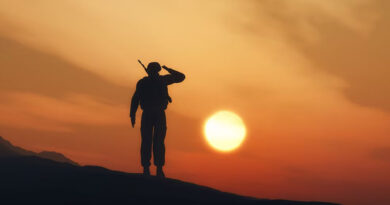Buddhist New Year
What is Buddhist New Year?
Buddhism is vastly practised by followers around the world. It is an important philosophy and its teachings have been practised for thousands of years. Buddhist New Year is celebrated on varying days of the year as Buddhism has its history, tradition and religious facets according to local culture. This is mainly because of the fact that the Buddhist New Year is based on traditional lunar-solar calendars which vary according to the time zone of a country.
The New Year celebrations are generally held at the auspicious sight of the first full moon in the first month. In certain countries, Buddhists celebrate New Year for three days after the first full moon of April. In other countries, the New Year is celebrated around the full moon in January. The time it is celebrated depends on the country and people. For example, people in Tibet celebrate the full moon in February, while people in China, Vietnam and Korea celebrate at the end of January or the beginning of February.
The Buddhist New Year celebration is a joyous one, but also one for self-reflection. It’s about becoming self-aware of one’s mistakes and rectifying them to become an improved version of themselves.
The history behind the Buddhist New Year celebration
Established by Siddhartha Gautama or Buddha over 2,500 years ago, Buddhism is a philosophy that later developed into a religion founded on Hindu beliefs. In Buddhism, there are two major branches: Mahayana Buddhism and Theravada Buddhism. Each branch prepares for the New Year in its traditional way, but in both branches, New Year is celebrated with the ultimate goal which is to make use of this auspicious opportunity of enlightenment. Some Mahayana Buddhists observe the celebration on January 1 alongside the Gregorian New Year, while others wait for the full moon of January, but in modern times the latter is preferred and observed more often.
Buddhism’s basic concept guides humanity towards a pure, pristine, peaceful and harmonious world. Buddhists believe that one must rise above desires to reach a state of enlightenment. The beginning of the year is therefore a time for introspection and self-reflection. It is time to learn from the past mistake and move ahead with fresh and new perspectives. The New Year celebrations signify a blessed start of a fresh year with hope for enlightenment, bliss and fortune.
How is Buddhist New Year Celebrated?
Buddhist New Year celebrations include cleaning houses, visiting friends and relatives, and exchanging warm wishes and greetings. People offer prayers in temples and monasteries and hope for mindfulness, happiness, prosperity and positive changes. In some households, people show their gratitude and respect for the gods by bathing their idols. Ceremonies are held, and family members gather to pray to Buddha and other deities. Delicious traditional cuisines are prepared and served to everyone. In many houses, candles are lit and lamps are placed on doors as a symbol of good luck for the New Year.
Apart from private celebrations, communal events are organized on the occasion of the Buddhist New Year. These events include all and are celebrated with joy and splendour, cheering everyone to live a happy and prosperous life. Some of these bigger events may include rallies, costume parades, candle-lighting ceremonies, music, dancing and fireworks etc. Collective effort and preparation over some time go into organizing these events and ensuring a fun and beguiling New Year’s Day celebration.
In which countries is Buddhist New Year celebrated?
Buddhist New Year is chiefly celebrated in Northeast Asia countries where Buddhism is a major religion. The celebrations are widely observed in China, Japan, Tibet, Taiwan, Mongolia, Nepal, Bhutan, South Korea, North Korea, Cambodia, Thailand, Sri Lanka, Laos, Macau, Myanmar (Burma), Hong Kong, Singapore, Kalmykia, Vietnam and India.




